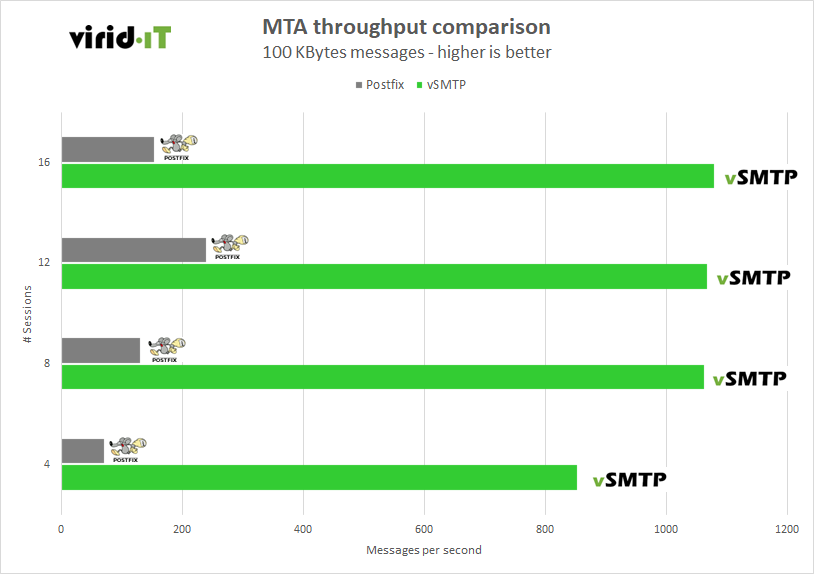
About the latest edition of EMDay
It’s already been a week since the 2024 edition of EMDay ended! Let’s take a few moments to look back on our participation as a sponsor of the event.
AI at the heart of MTAs
September 23 and 24 were rich in meetings and news.

First of all, we were delighted to see the enthusiasm of the participants for our 45-minute wirkshop around our favorite topic “artificial intelligence at the heart of MTAs“. Over the three afternoon sessions, we were able to raise awareness among around sixty professionals about our vSMTP tool and its embedded AI.
It was a real pleasure to be able to discuss with you your questions and concrete examples of needs in your business. Thanks to your feedback and questions, we can better meet your expectations.
The meeting place: our stand

Many of you came to meet us at our stand! This was an opportunity to discuss your projects in more depth and we are looking forxward to making them a reality together.
Not to mention that our supply of tic-tacs was quiclky sold out… 🙂
Conferences
As the same time, we were able to attend a large number of conferences from our colleagues who are specialists in email marketing. Between current topics such as the latest Yahoo announcements, and specialized presentations such as on the first 9 seconds of reading an email, we left with the certainty that our products will be able to meet the current challenges of the profession!
Big news coming soon
The EMDay’s event allowed us to present our brand new offer, designed for all prfessionals : Kimzee.com. For those present, we thank you for your interest and the welcome you gave to our IAAS solution. For the rest of you who are reading us, we will present our Kimzee.Com product in detail in the coming day…
Stay tuned.

Announcing vSMTP AI
Two years ago, when we started thinking about version 3 of vSMTP, one of our main areas of thought was to reduce manual maintenance operations to favor automated actions as much as possible.
The first step was to enable users to interact with vSMTP behavior on the fly and be able to write complex scenarios to interface with their systems.
I am proud to announce that the second stage is underway: gradually delegating basic functions to artificial intelligence: vSMTP now includes a library made up of AI routines capable of interacting with email flows on the fly.
An example: bounces and transients
Categorizing bounced and transient emails is crucial for your business to maintain a positive sender reputation with service providers and thus meet your customer service level agreements.

For years, the solutions used were limited to an obscure jumble of lists of regular expressions, allowing empirical categorization of DSNs trying to catch sentences like:
*) 550 5.0.0 zzmail services - this mailbox is full. Please retry later.
*) 552 5.2.2 foomail - the end user's mailbox quota has been exceeded. Please retryCode language: Markdown (markdown)I’m not even talking about the case where the service provider decides to change a word like “mailbox” to “mail box”…
Even now, our competitors are announcing new features like “custom categories” or “arbitrary bounce classification labels”. We do know that users must have the flexibility to define their own categories to refine their processing and meet their own requirements.
However, heavy use of REGEX lists is definitely an old-fashioned processing method.
This is why we have developed an AI routine specifically for bounces categories.
Natural Language Processing
vSMTP automatically detect and categorize bounced or transient emails using a neural network specialized in natural language recognition (NLP).

What is natural language processing? let’s ask the one who democratized its use, ChatGPT: […]Natural language processing (NLP) is a field of artificial intelligence that focuses on the interaction between computers and human language, allowing machines to understand, interpret, and generate human-like text. This involves developing algorithms and models to extract meaning, sentiment, and context from natural language data[…]
Extracting meaning, sentiment and context… That’s exactly what we need. You should consider the DSN reasons for a bounce message as a review of a movie and the category searched for the sentiment/review of the movie, rated from 1 to 5.
Benefits
After an initial learning period, the SMTP engine no longer works with regex or patterns but instead analyzes and infers the meaning of the DSN status. Periodically, the neural network updates itself. This contributes to smoother and more reliable email handling. Notable benefits are:
Reduce the work devoted to maintenance: instead of dealing with endless lists of REGEX, the user can focus on much more valuable work.
Simplify the classification process: instead of managing endless lists of REGEX, the AI can intelligently categorize reasons based on natural language understanding, which is particularly valuable when dealing with variations in language use.
Eliminate emergency fixes: updates from service providers are no longer considered as breaking changes. By leveraging AI, vSMTP adapts to changes in message language or structure without requiring manual intervention.
The better the tools, the better the business
This is an example among others of the power of vSMTP artificial intelligence subroutines.
If you would like to learn more about the multiple capabilities of vSMTP and how it addresses other challenges in email processing, please do not hesitate to contact us.
Stay tuned.

A rocket is launched
350,000,000,000
An astronomical number – 350 billion emails per day routed and analyzed by software built in the 90s.
The numerous energy and environmental crises have made us aware that any new IT product must be designed with the major objective of reducing the environmental footprint. It is on this premise that the vSMTP project was born in 2020.
Since its first releases in 2021, vSMTP is certainly one of the fastest MTAs in the world.

Early vSMTP 1.01 version compared to Postfix 3.6
Since then we did great optimizations, but, when considering an MTA in 2023, its intrinsic performance is not the only quality to take into account. It must be easily usable and configurable. The vSMTP version 2 specifications met these criteria by providing an advanced scripting language as well as a very easy to use rules system.
Version 3
We wanted to go further, and design a new version capable of integrating into a world where cloud computing reigns supreme and where companies’ commitment to CSR has become mainstream.
The viridIT teams have worked hard to answer them and I am proud to announce the release of version 3 of vSMTP at the beginning of October. This major release brings a completely new architecture based on microservices.
You can right now download the release candidate on GitHub. Our teams will be happy to guide you during your installation.